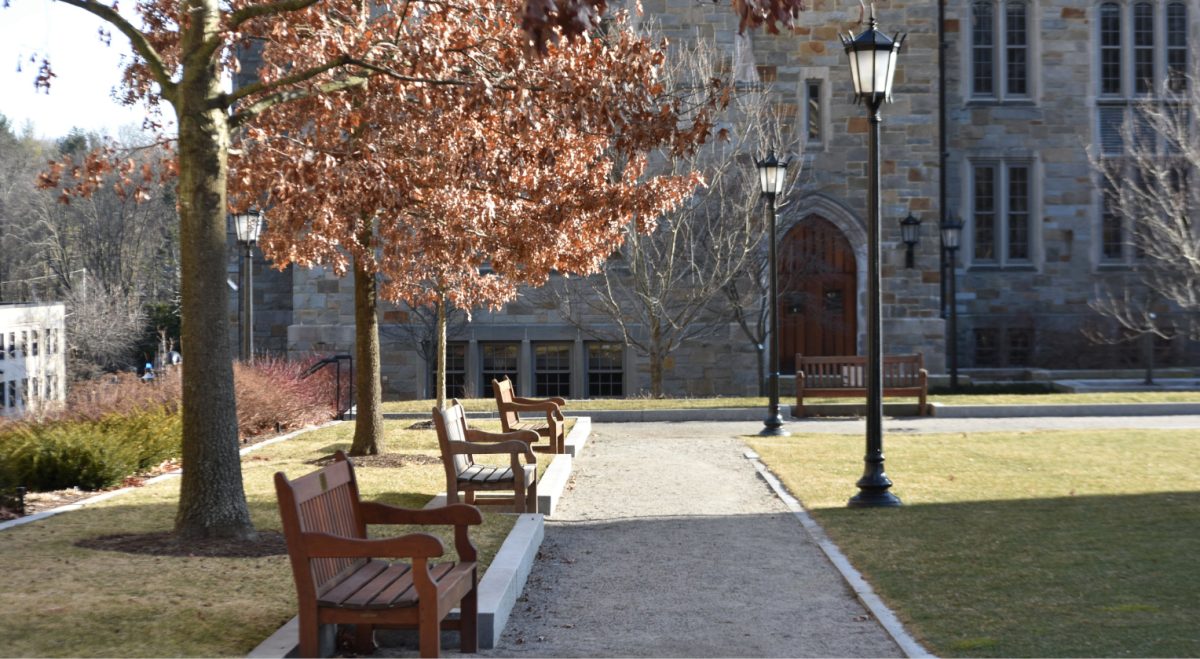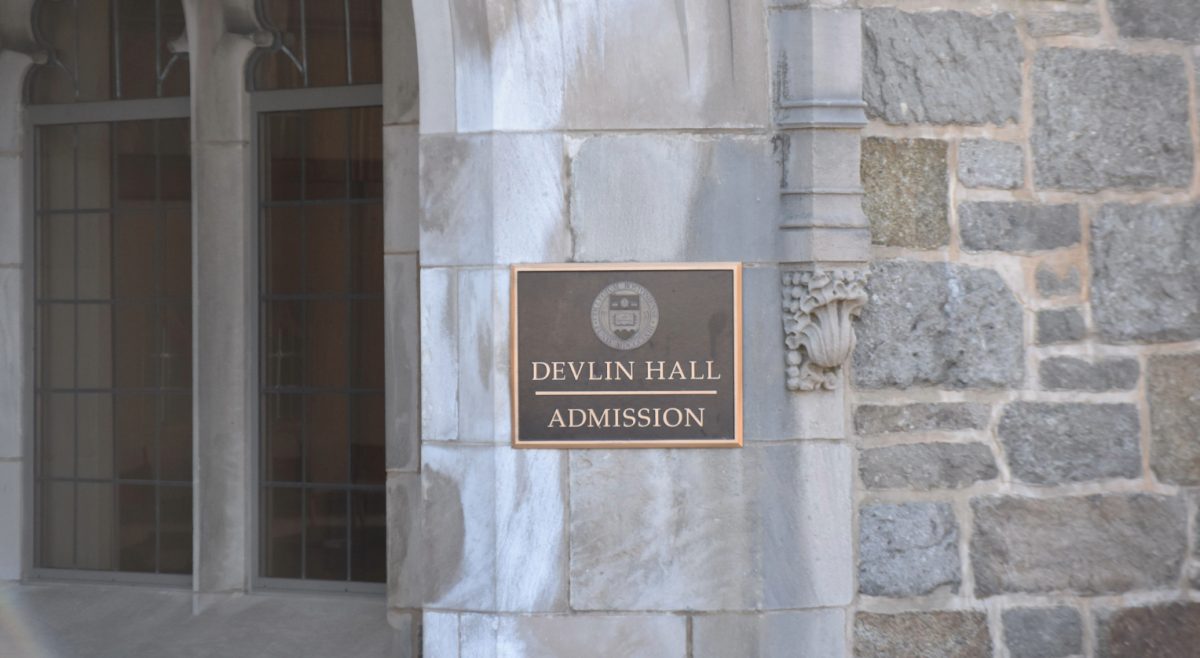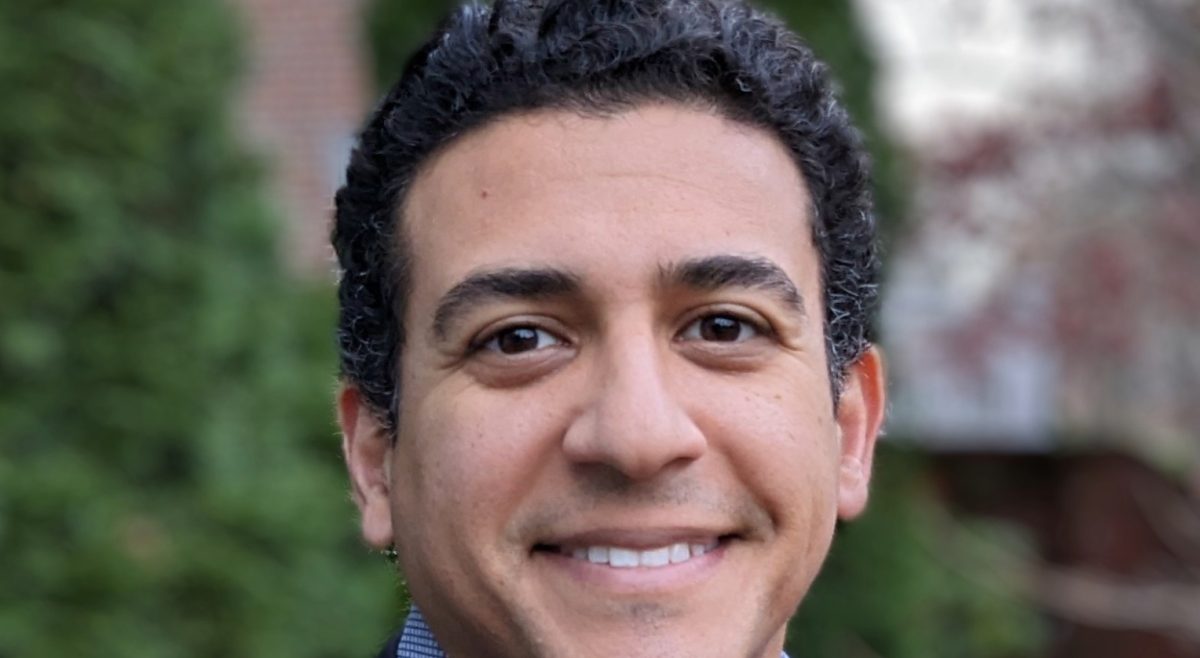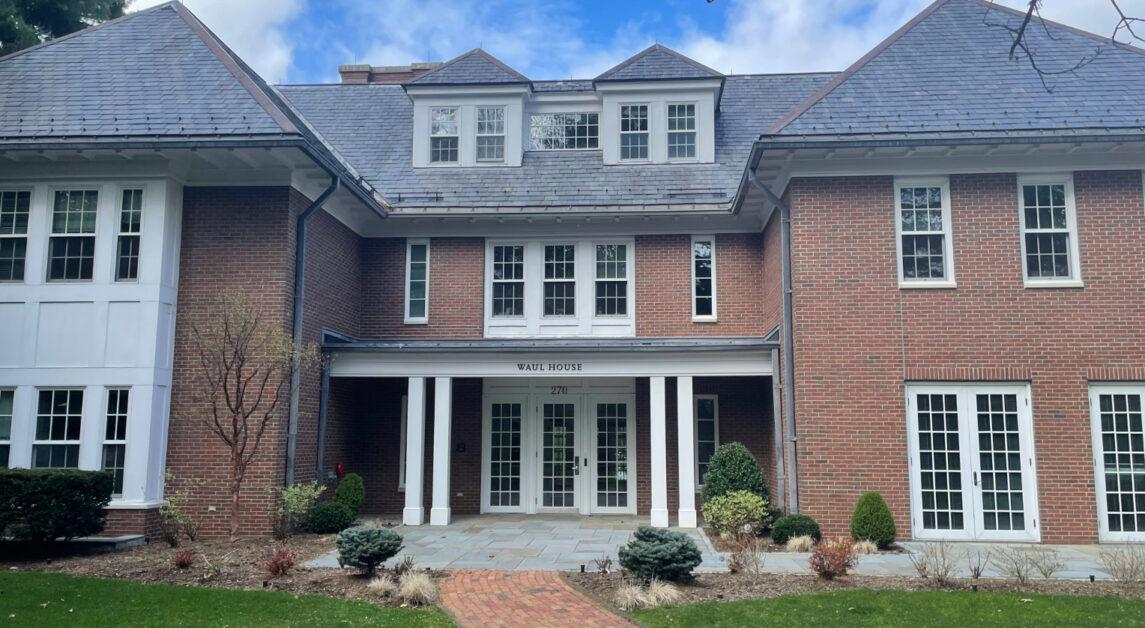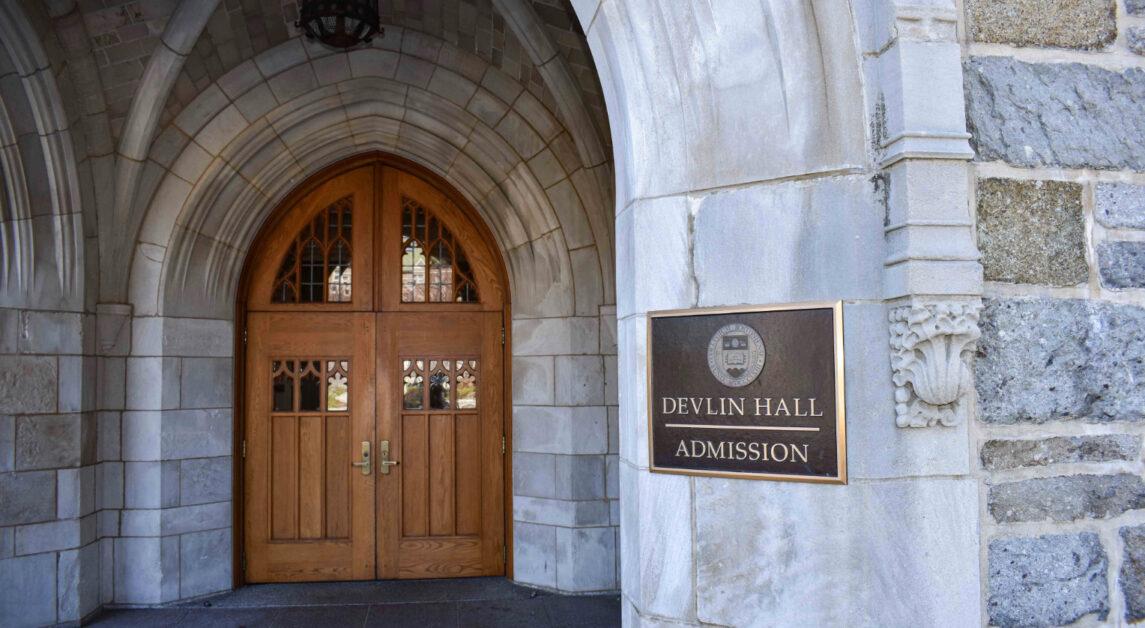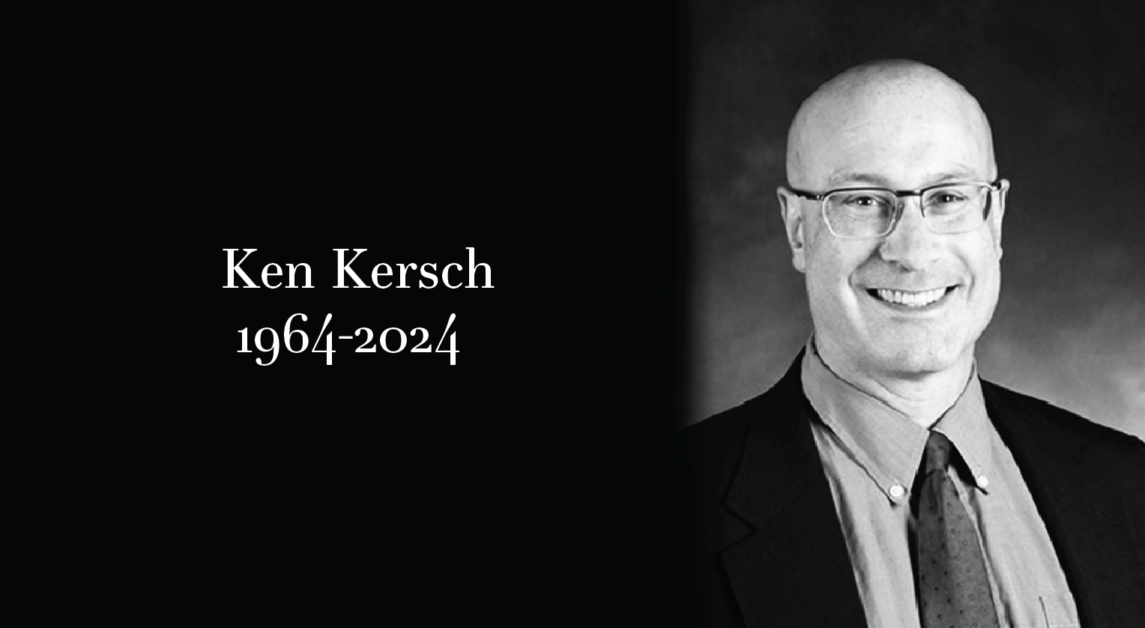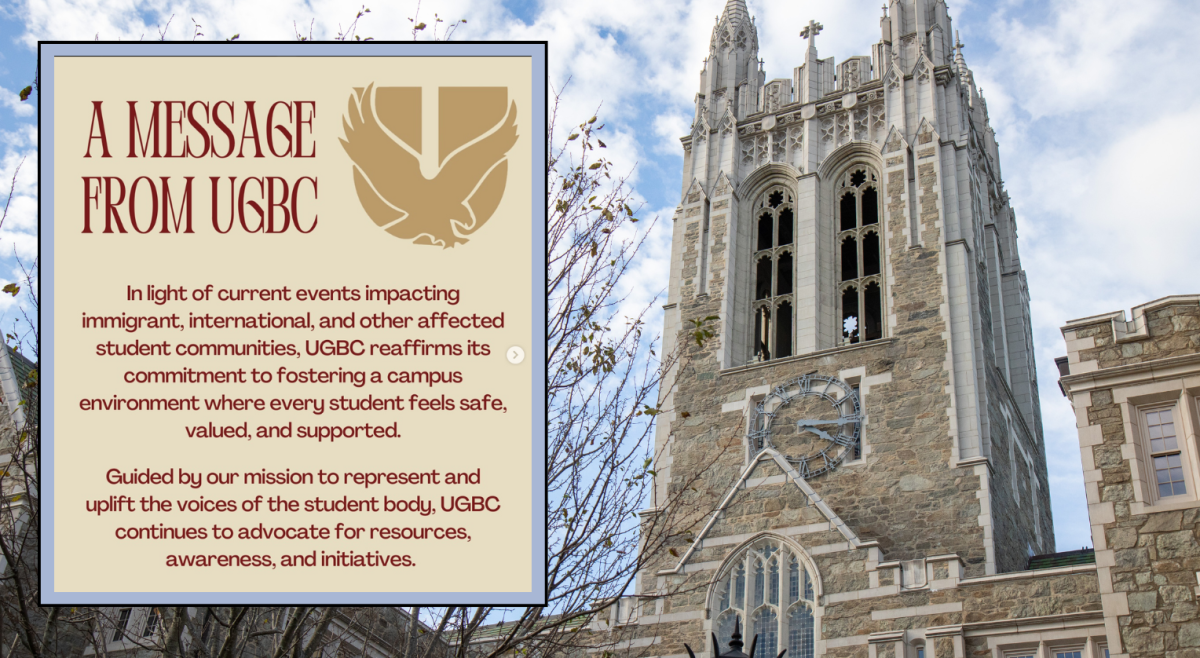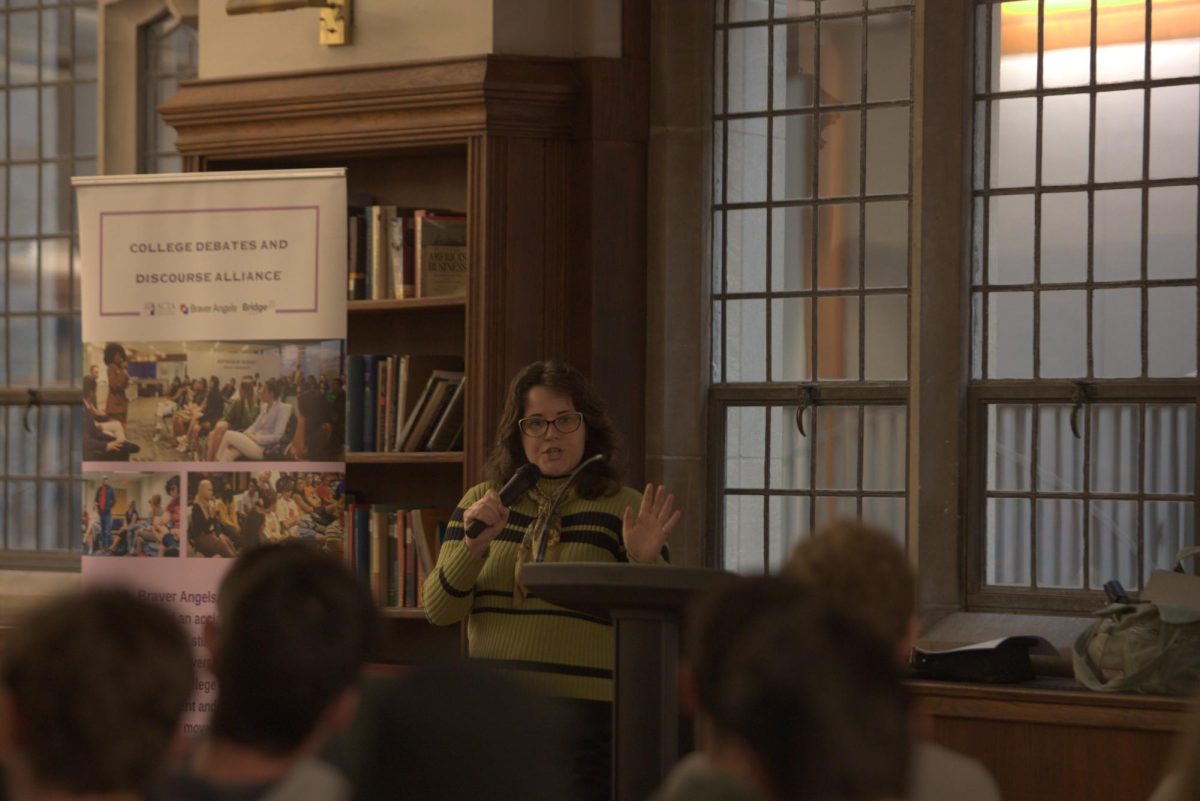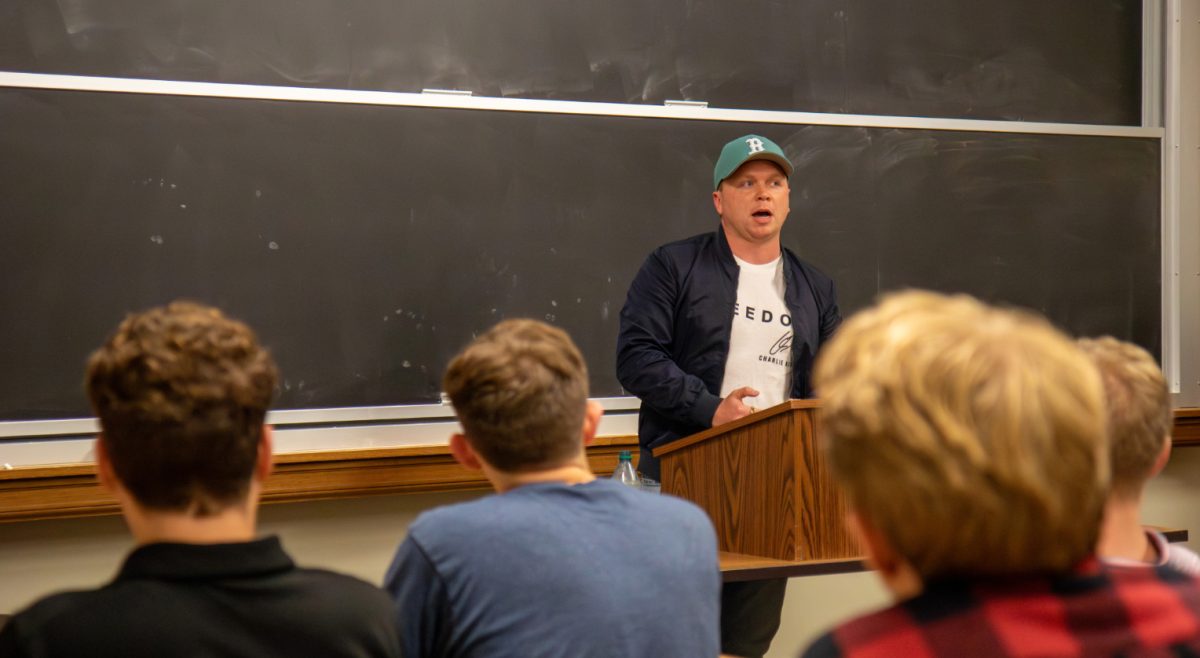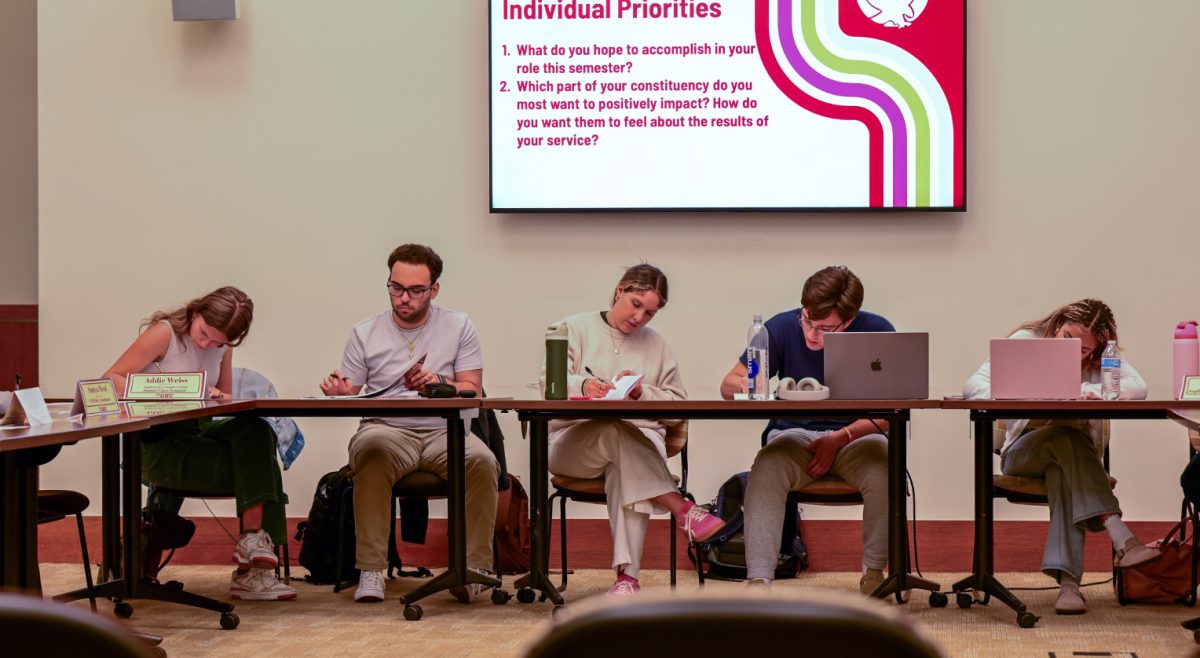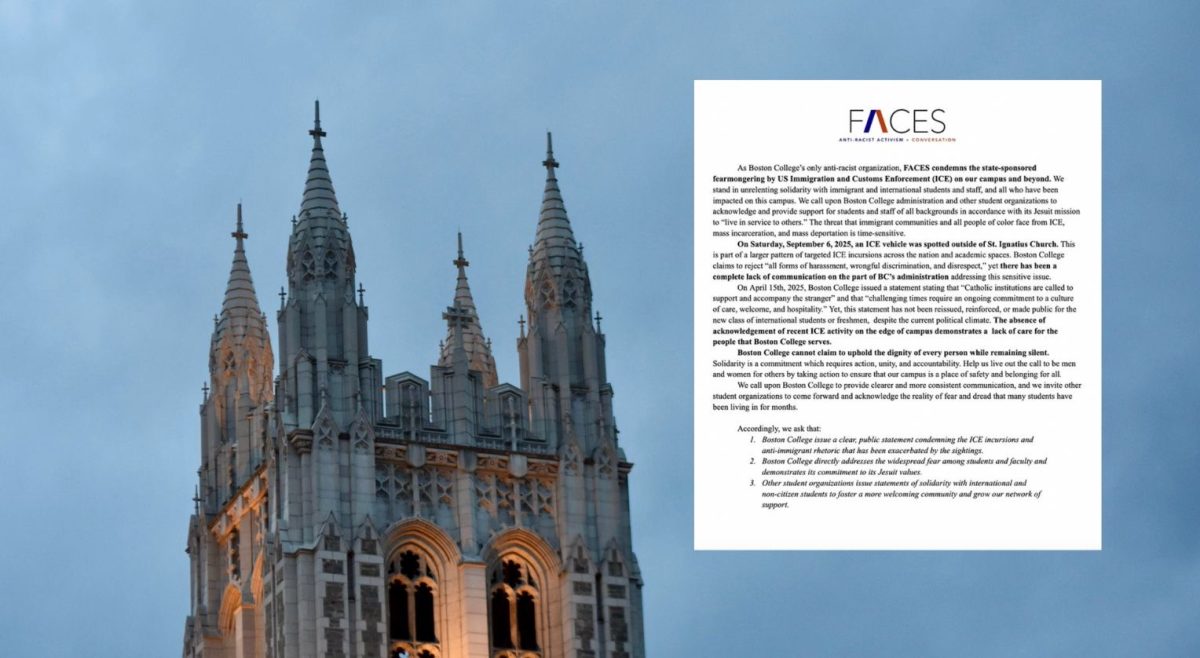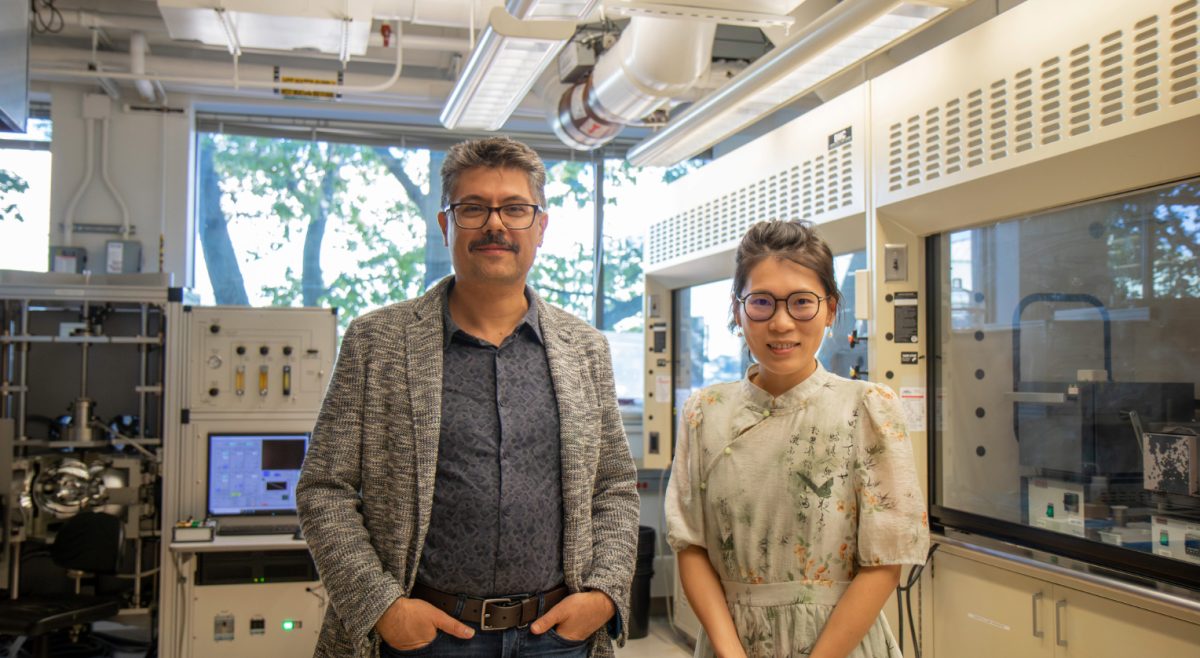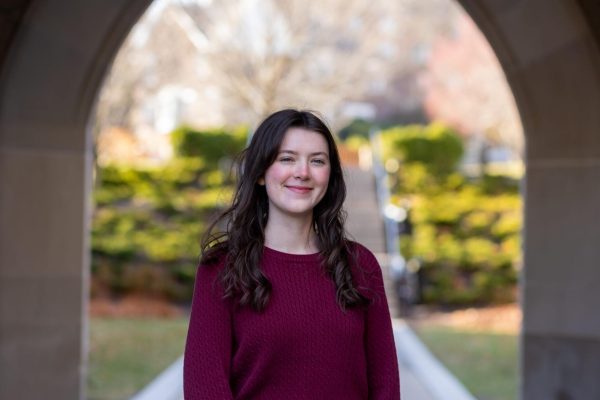Boston College’s faculty has grown younger, larger, and more diverse over the past 20 years, according to data from BC’s Office of Institutional Research.
Since 2005, the number of BC faculty has increased by nearly 38 percent, rising 679 in 2005 to 805 in 2015 and reaching 936 in 2025. During the same period, the median age of faculty has fluctuated, from 52 in 2005 to 53 in 2015, and then to 50 in 2025.
The gender composition of the faculty has also shifted. In 2005, women represented 38 percent of the faculty, 41 percent in 2015, and now compose 45 percent in 2025, with 414 female faculty members currently employed, according to the 2024–2025 BC Factbook.
The proportion of female faculty was lower in every school aside from nursing and education in 2005. Today, however, female faculty are equal in number to men in the BC Law School and compose the majority of faculty in the Connell School of Nursing, Lynch School of Education and Human Development, BC School of Social Work, and the newly established Messina College.
Racial diversity among faculty also grew during the same period. In 2005, 14 percent of faculty identified as AHANA, rising to 17 percent in 2015, and reaching more than 26 percent in 2025, according to Provost and Dean of Faculties David Quigley in a University release.
The undergraduate population of BC has gradually increased, with 9,567 students in 2005 and approximately 9,677 in 2025. With the addition of faculty, the student-to-faculty ratio has decreased from about 14:1 to 10:1.
These shifts reflect the long-term impact of BC’s various fundraising campaigns, including “Ever to Excel,” which ran from 1997 to 2003, and “Light the World” from 2008 to 2016. Together, the two campaigns raised nearly $2 billion to support institutional improvements, with “Light the World” creating 31 assistant and full professorships.
BC’s 2007 Strategic Plan, a $1.6 billion initiative, called for an increase in faculty, endowed chairs, and academic centers.
More recently, faculty growth has been driven by the creation of Messina College, the Schiller Institute for Integrated Science and Society, and the engineering department, each of which required the hiring of new faculty to support the expanding academic offerings, according to Vice Provost for Faculties Billy Soo.
While the overall number of faculty has grown, the hiring process remains slow and deliberate. Most full-time faculty searches take 18 months from the start of the process to the new arrival’s presence in a classroom, according to Soo.
According to senior administrators, a number of factors influence faculty hiring, including departmental and University priorities, the institutional mission, and emerging trends in teaching and scholarship. A candidate’s demonstrated understanding of the University’s Jesuit, Catholic values is also considered, according to the release.
The search process also takes into account practical constraints such as financial resources and available space, Soo added.
“In March, we start telling the deans for BC’s schools, ‘Here are the slots that you can fill,’” Soo said in the release. “By then, we’ve had discussions—some of which have been over the course of a few years—about what we’re trying to accomplish programmatically, so there are some clear objectives in our recruitment and hiring.”
Once faculty are hired, turnover is relatively low, according to Soo. In a 2018 interview with The Heights, Soo reflected on this aspect, noting the benefits and drawbacks of each hire representing a long-term commitment.
“Turnover is just very slow, and it’s really double-edged,” Soo said. “On the one hand, you don’t want to have faculty leave, unless it’s a situation where it’s not just working out. But at the same time, you have to be careful in bringing in new faculty because once you commit to them, they could be here 30, 40 years.”
Looking ahead, Quigley emphasized the importance of sustaining momentum in faculty recruitment.
“We have worked hard to recruit and retain a remarkable cohort of teachers and scholars,” Quigley said in the release. “The successes of the past two decades gives me hope that Boston College will retain its distinctive ethos and culture across the next generation and beyond.”

